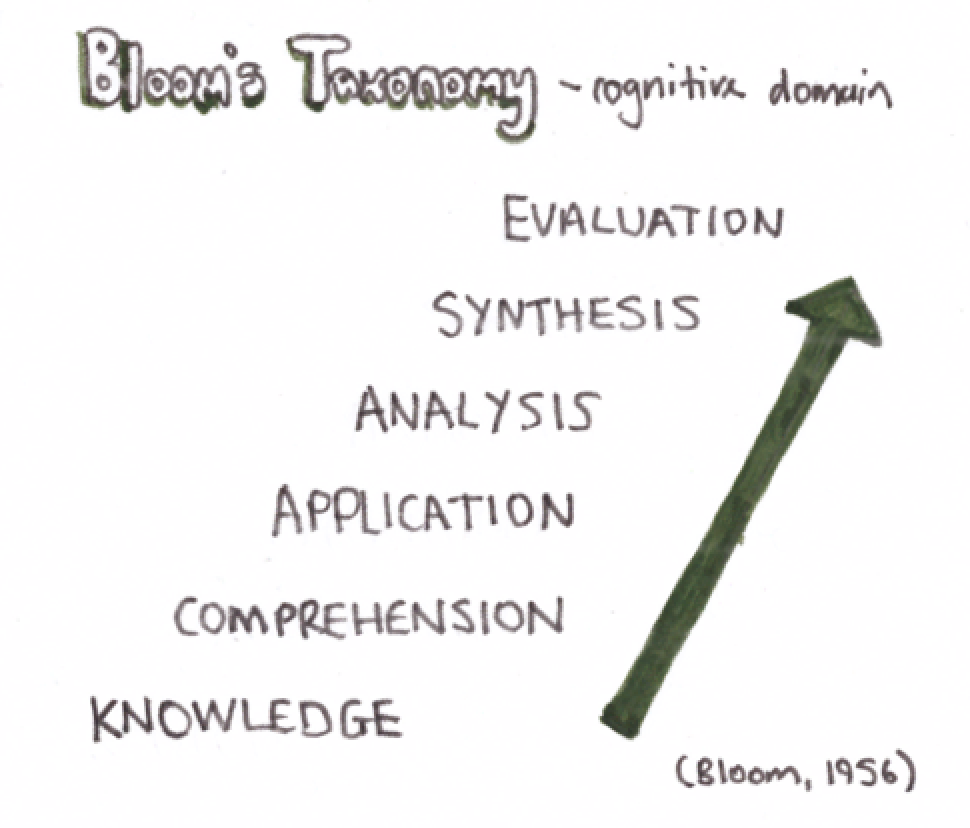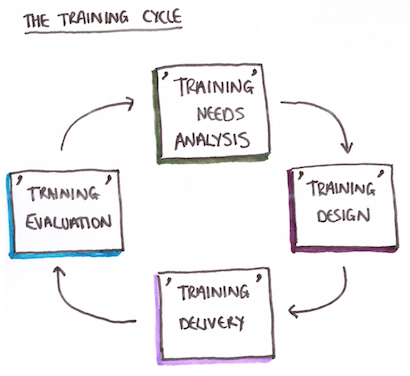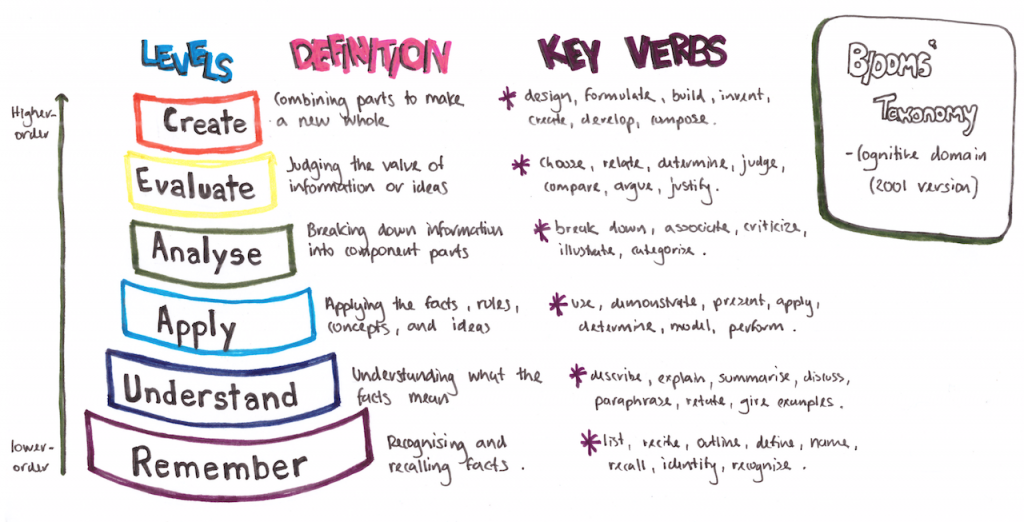learning resources
Bloom's taxonomy - an overview
Overview
You’d be forgiven for thinking that a theory created in 1956 would no longer be relevant to HR professionals in the the 21st century but Bloom’s taxonomy of learning objectives can still tell us a lot about structuring workplace learning.
Bloom is a fundamental learning theory and is therefore relevant to all L&D professionals. In the audio clip (to the right) your HR tutor Andrew gives an overview of the content. Below is a summary of how this fits with the specific foundation CIPD unit.
Foundation (level 3)
This learning relates to unit 3CO04 – Essentials of people practice.
LO6 – Understand how to support others to develop the skills and knowledge required to meet both individual and organisational objectives.
1. Origin
Bloom’s Taxonomy is a classification of different learning objectives and skills educators set for their students. The taxonomy was first proposed in 1956 by Benjamin Bloom who was an educational psychologist at the University of Chicago. Bloom was actually the chair of the committee of educators that devised the taxonomy, which consisted of three hierarchical models listing learning objectives in the cognitive (knowledge-based), affective (emotion-based) and sensory/psychomotor (action-based) domains. The cognitive domain list has been the primary focus of most traditional education.
The taxonomy and its evolution
In 1956, the first version of Bloom’s taxonomy featured six developmental categories which, from the lowest order of thinking to the highest, were knowledge, comprehension, application, analysis, synthesis, and evaluation (see right).
Bloom, B.S. and Krathwohl, D. (1956) Taxonomy of Educational Objectives Handbook: Cognitive Domain, London: Longman.

Around the year 2001 one of Bloom’s students Lorin Anderson, and his colleagues, revised the taxonomy. In the revised version the six levels of development were changed to action words because the thinking requires action. One major difference was the movement of the evaluation level, which in the original version was seen as the highest order of thinking. The new levels on the taxonomy were revised to remembering, understanding, applying, analysing, evaluating and creating (see right).
Bloom’s taxonomy is hierarchical and often displayed as a pyramid with learning at the higher levels dependent on having attained prerequisite knowledge and skills at lower levels. One criticism of the original model was its lack of a systematic rationale of construction, something that was to some extent addressed in the 2001 version.

2. Use
Much of what is written about Bloom’s taxonomy is in the context of the teaching profession. But how can it be used in learning and development in an organisational context? I think it helps to apply the principles of Bloom, and specifically the levels of the cognitive domain, to the training cycle. It’s perhaps clearer how this fits in with the training design stage as establishing a clear aim and learning objectives for the learning intervention is usually the starting point. In this context Bloom should actually be taken account of at each stage. Here’s why (I’ve also included a brief explanation of what the stage is about for those who are new to the cycle):

Training needs analysis
As the title suggests, this stage is about analysing the specific training need, at different levels (organisation, team, individual) and in different areas of learning (knowledge, skills, behaviours).
The stages of the cognitive domain highlight the sequential nature of the process of learning. Before you can understand a concept you must remember it, to apply a concept you must first understand it, in order to evaluate a process you must have analysed it, and so on. Therefore a fundamental part of training needs analysis is to establish the level of the learners and how that contrasts with the level the learning aims for them to meet – and there’s the gap that the learning needs to fill.
Training design
Having established the training need, this next stage is to design learning to meet that need. The learner group will probably include a range of levels of knowledge and therefore the design stage should take this into account. Grouping learners may be beneficial with learning tailored to account for the differing levels of knowledge, with a focus on engagement and not leaving any learners behind.
The target learning objectives will drive the content of the learning, whether the need is to meet lower order objectives of remembering or understanding, or higher-order objectives of evaluating or creating.
Training delivery
Delivering the learning activities created at the design stage, focus on the learning objectives remains. Assessment of what is being learned, before, during and at the end of the training, helps facilitate this. Training delivery methods can be wide and varied, with content delivered in ways that engage the learner, enabling the learning objectives to be met and for assessment to take place.
Typically learning for higher-order objectives will involve more learner participation, thus enabling assessment. For example, to apply knowledge, and to assess that that can be done, requires the learner to do something.
Training evaluation
Although often seen as the final stage of the cycle how the learning is going to be evaluated should be taken account of from the start, and indeed it does loop back into the training needs analysis stage. As with training needs analysis, training evaluation can take place at different levels (individual, team and organisation) and the levels of the cognitive domain can form the basis of what is being evaluated, either lower-order or higher-order learning. For most organisations the focus will be on whether learners retain and used what they have learned.
3. A focus on learning objectives
In the illustration below I’ve mapped out the levels of cognitive learning and the types of verbs used for learning objectives.

Steps towards writing effective learning objectives
To summarise, here are some essential tips for writing learning objectives:
- Make sure there is one measurable verb in each objective. It might help to highlight the objective, check the sequencing is logical (understand before apply) and the level achieves the learning needed (lower or higher-order).
- Stick to one verb per objective to ensure the learner’s ability to meet the objective is clear. For example, an objective that requires the learner to define and apply could be partially met and dividing this into two objectives would be clearer.
- Strive to keep all learning objectives measurable, clear and concise. That way learners know what they should be able to do and the measures are clear.